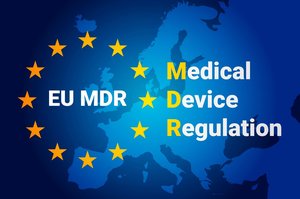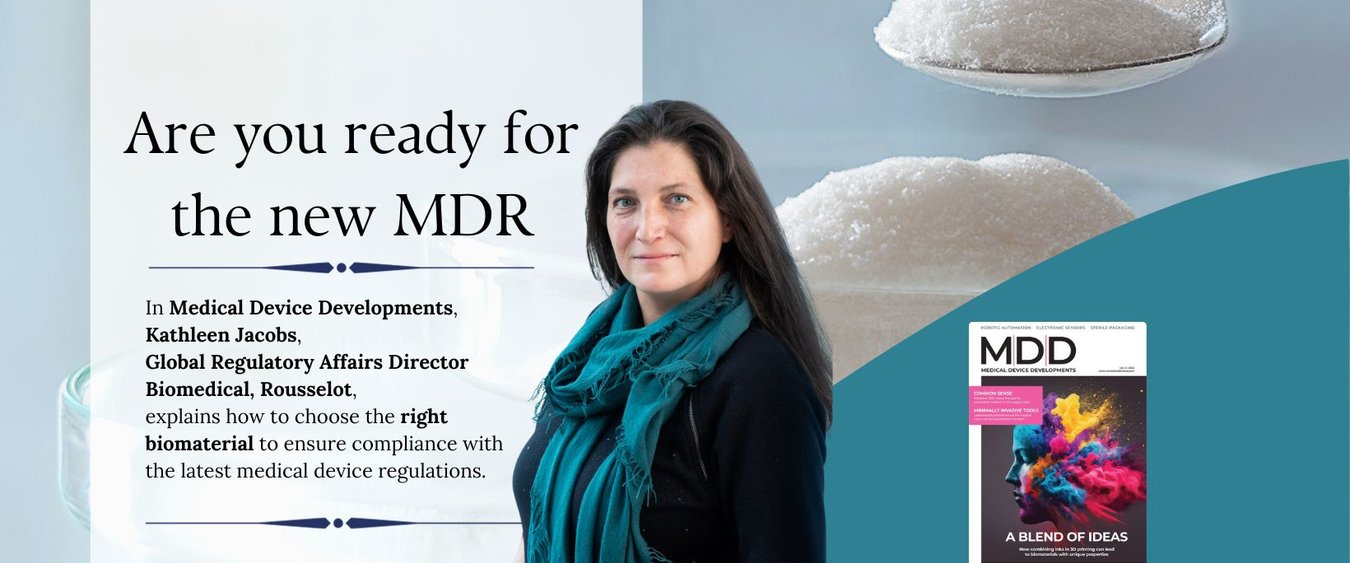Navigating the regulatory landscape with high-quality biomaterials
Regulatory bodies such as the European Medicines Agency (EMA) and the Food and Drug Administration (FDA) impose stringent requirements to ensure patient safety and product efficacy. Choosing biomaterials that support the medical device regulations is of paramount importance for medical device manufacturers looking to bring high quality, safe medical device and pharmaceutical formulations to the market.
What are the latest developments in regulations for medical devices?

The European MDR, which became applicable in May 2021, and the EU In Vitro Diagnostic Medical Device Regulation (IVDR), which became applicable in May 2022, represent a significant shift in regulations for medical devices. These regulations place a premium on patient safety, necessitating rigorous documentation, quality assurance and product performance assessments.
A transition period for full implementation of the legislation has been set in place, ending on 26th May 2024 for the MDR. Meanwhile, the IVDR transition phase ranges from May 2025 to May 2028, depending on the class of device.
How to choose the right biomaterial to ensure compliance with the new European Medical Device Regulation
With the end of the transition period in sight, medical device manufacturers must act now to ensure they are using biomaterials that will enable them to remain compliant with the new regulations.
High-quality gelatins designed to support compliance with medical device regulations
Rousselot’s X-Pure, Quali-Pure gelatins and modified gelatins are specifically designed to support compliance with the most recent regulations. All Rousselot products come with:
- Supporting documentation for compliance of medical devices with the new MDR requirements ((EU) 2017/745)
- Documented traceability up to the farm (ISO 22442-2)
- Validated viral inactivation (ISO 22442-3)
- IPEC GMP Compliance

